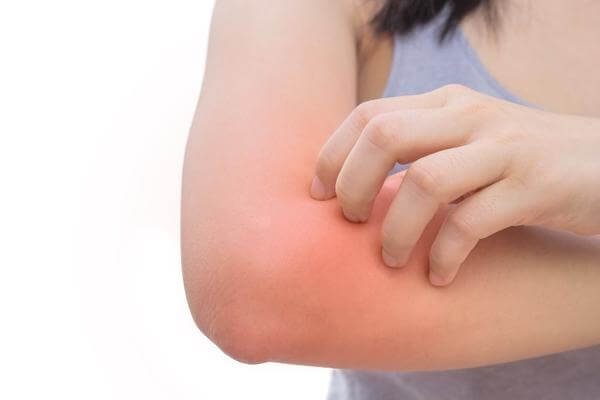Chafing: Causes, Prevention, and Effective Solutions for Skin Irritation
Chafing, a common skin irritation caused by friction, can disrupt comfort and daily activities. Explore the causes, prevention strategies, and solutions to combat chafing discomfort.

Understanding Chafing:
Symptoms and Causes:
Chafing manifests as red, irritated skin, often accompanied by a burning sensation. This condition occurs when repeated friction between skin surfaces or clothing causes friction burns. Factors such as moisture, heat, and vigorous movement exacerbate the issue.
High-Friction Areas Prone to Chafing:
Common Affected Areas:
Chafing frequently occurs in areas where skin rubs against skin or clothing. Inner thighs, underarms, groin, and even nipples during exercise are common trouble spots. The friction and moisture buildup in these regions contribute to chafing’s discomfort.
Prevention Strategies:
Clothing Choices:
Selecting the right clothing is pivotal in preventing chafing. Opt for moisture-wicking fabrics that reduce friction and keep the skin dry. Well-fitting attire minimizes excess movement and irritation, especially during physical activities.
Lubrication and Barrier Creams:
Lubricants like petroleum jelly and specialized barrier creams create a protective layer that reduces friction. Apply them to high-friction areas before activities to create a smooth surface that prevents skin-on-skin or fabric-on-skin rubbing.
Hydration and Moisture Control:
Staying Hydrated:
Proper hydration plays a crucial role in preventing chafing. Well-hydrated skin is less prone to irritation and dryness, reducing the likelihood of friction-related discomfort.
Drying Off:
After activities that induce sweating, promptly dry the skin in high-friction areas. The reduction of moisture in these regions minimizes the potential for chafing.
A Closer Look at Fitness Attire:
Choosing the Right Activewear:
Selecting appropriate activewear is essential to prevent chafing during workouts. Opt for seamless, moisture-wicking fabrics that fit well and reduce friction.
Chafing Relief and Healing:
Topical Treatments:
If chafing occurs, soothe irritated skin with cooling gels or creams containing ingredients like aloe vera or calendula. These treatments offer relief and promote healing.
When to Seek Medical Attention:
Persistent or Severe Chafing:
While most cases of chafing can be managed at home, persistent or severe chafing that doesn’t improve with home remedies warrants medical attention. A healthcare professional can provide proper evaluation and treatment.
Frequently Asked Questions (FAQs)
1. What is chafing, and what causes it?
Chafing is skin irritation caused by friction. Factors like moisture, heat, and repetitive movement contribute to the development of chafing.
2. What are the symptoms of chafing?
Common symptoms include redness, irritation, and a burning sensation in areas of friction. Skin may feel raw and uncomfortable.
3. Which areas of the body are prone to chafing?
High-friction areas include inner thighs, underarms, groin, and nipples during exercise. These regions are more susceptible to chafing.
4. How can I prevent chafing?
Prevent chafing by choosing moisture-wicking clothing, using lubricants or barrier creams, staying hydrated, and maintaining dry skin.
5. Are there specific fabrics that help prevent chafing?
Yes, opt for seamless, moisture-wicking fabrics like polyester or blends. These fabrics reduce friction and keep the skin dry.
6. What should I do if I experience chafing?
Apply soothing treatments like cooling gels or creams with aloe vera or calendula. These help provide relief and promote healing.
7. Can chafing be a sign of an underlying condition?
Chafing is often a result of friction, moisture, and movement. However, persistent or severe cases may warrant medical attention.
8. How can I prevent chafing during workouts?
Choose well-fitting activewear made of moisture-wicking materials. Proper attire minimizes friction and discomfort during exercise.
9. Is there a connection between chafing and dehydration?
Yes, proper hydration helps maintain skin integrity and reduces the risk of chafing. Well-hydrated skin is more resilient.
10. When should I seek medical help for chafing?
If chafing persists, worsens, or doesn’t respond to home remedies, consult a healthcare professional for proper evaluation and treatment.
Conclusion
By understanding the causes, prevention strategies, and remedies for chafing, you can reclaim comfort and continue to enjoy activities without the burden of skin irritation. Whether it’s choosing the right clothing or employing preventive measures, you have the power to keep chafing at bay.




